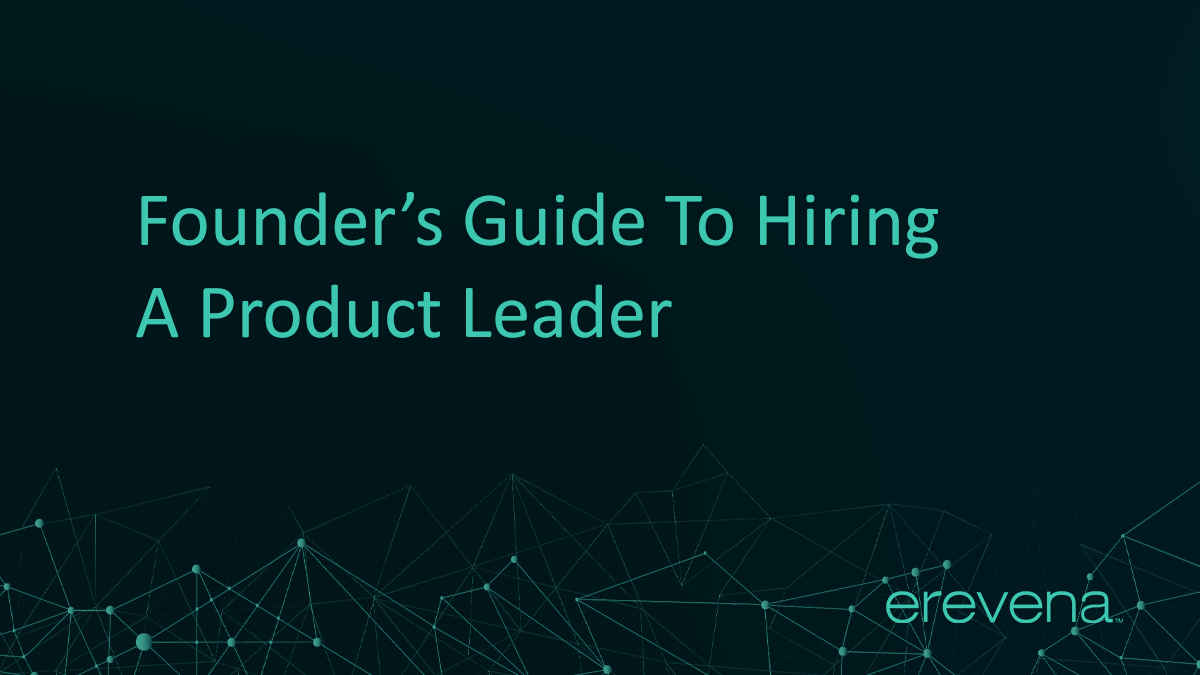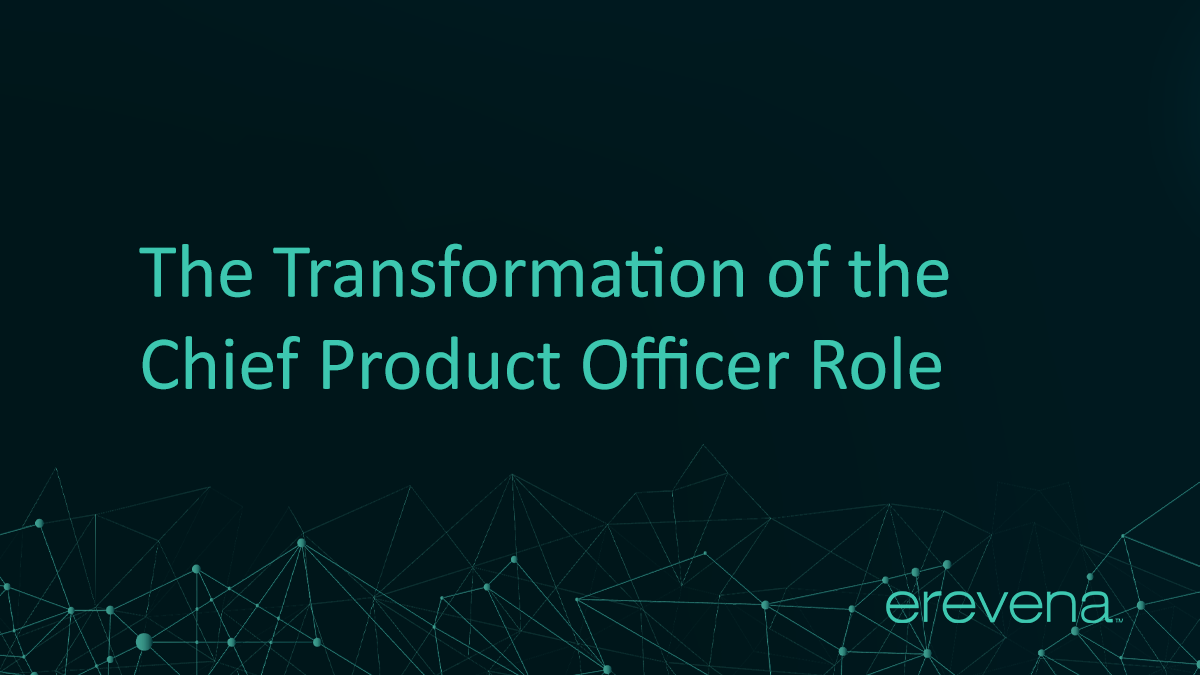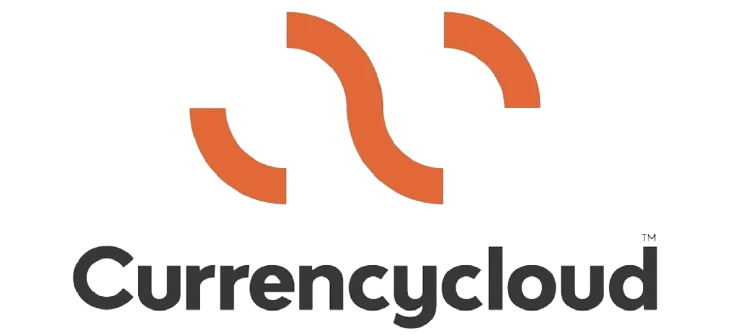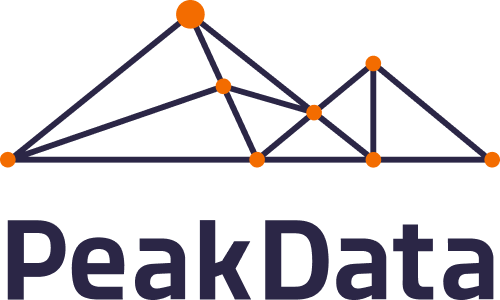Making the transition from Founder – with ownership of your product vision and its execution – to full-time CEO can be a tricky manoeuvre. Nonetheless, it’s one that’s essential for a business seeking to scale operations from start-up through to successful and sustainable growth. Letting go of ‘your’ product means bringing in professional product leadership. So, where, when and how do you start?
Regularly tasked with helping Founders take this crucial step, Erevena invited three experts who have been on this journey to offer their insights and best practices into successful product leadership hiring.
Expert panel –
- Laura Mahy, Product Advisor

- Sam Browne, Co-Founder and CEO, Let’s Do This

- Mads Jensen, Managing Partner, Superspeed

We heard that:
- Context is critical – the CEO/Founder must give an incoming product leader context in terms of where the business is currently and what its plans are for the product
- Your VP Product must love your product and ambition for it as much as you do
- Product leaders bring an absolute focus on the product that a CEO doesn’t have time for
- Know when to let go – as a Founder turned CEO, you can’t do it all
- Don’t bring in a product leader too early – set the business strategy and get the market fit right, then hire
- An incoming VP Product needs to be prepared for chaos – it won’t be all plain sailing
- Investors can be a key sounding board for Founders during the hiring process.
Panel Discussion
Q: When is it time to hire a product leader?
Mads Jensen: The framework for hiring begins with knowing when ‘not’ to hire. At pre-product market fit, it’s the Founders who need to work out who their customers are (the ideal customer profile), the value proposition, etc. Without the right value proposition, companies can struggle to get their sales going and businesses off the ground. Simply hiring a product leader to fill these gaps, doesn’t work – get these building blocks right and then hire. Once your market fit is established, the feedback you get from customers, especially B2B, enables you to add features and tweak your roadmap. Sales and marketing teams will also have their ideas on the product team set-up. Once you’ve digested all this feedback, then it’s a good time to hire your product leader – someone who can funnel all the information and structure it both operationally and strategically.
Sam Browne: Hiring too early messes up your strategy more than hiring too late. This was borne out by my own experience, and I learned to keep on doing what had to be done to run the product until it was no longer tenable – when it broke – and at that stage bring in the people needed to move the product on.
Q: When do you move from running the product team to hiring a product leader?
Laura Mahy: A product team growing under the Founder’s leadership would have worked on building an understanding of the customer, the business ambition and the industry, as well as what problem the product itself was trying to solve. If multiple squads were then working on solving these problems, the task of controlling everything would inevitably become too much for the Founder. By oscillating between giving product teams autonomy and then continuing to dip into what they were doing, the Founder risks poor product outcomes. The solution? To bring in a leader to actively manage the product cycle and team.
Q: How does the role of product evolve as the company evolves?
Mads Jensen: There are different stages of pre-MVP (minimum viable product) and post-MVP. During pre-MVP, it is all about discovery where you don’t necessarily know what you’re looking for and the product role still belongs with the Founders. At this stage, the Founders are talking to customers and working out what value the product can bring to them. Moving forward to post-MVP when customers are beginning to come on board, the product role becomes one of making sure it delivers on that initial promise to the customer. The latter role should be ‘the’ single product obsession – you must ask whether you’re doing what you said you would. There is another stage after this, which is when you’ve achieved product market fit. Here, it’s about looking to scale and the product role becomes one of managing all the different stakeholders.
Sam Browne: For many companies, it is impossible to pinpoint the set moment when you go from pre- to post-MVP, to market fit. What Founders need from a product leader is incredibly varied at all the different moments, depending on the problems encountered. These are problems created by the gaps that Founders have, or by gaps in their market and in their industry. So, rather than understanding the product side, the most important thing for Founders is to understand their failings and the gaps for which they need a product professional’s expertise.
Q: What does a product leader bring to the organisation?
Laura Mahy: Focus. Product leaders are really good at focusing on the task in hand, whereas Founders often have so much on their plate that they’re pulling their teams in all directions, leading to inconsistencies in the end product. Founders should give their product leaders all the context needed in terms of where the company is going and what it’s trying to do. With a focus on this context, the product leader can then come up with the product strategy.
Sam Browne: It’s ok for the product team to say no. That’s because, while product teams naturally feel they should do what a Founder wants, as they grow in experience (and led by a professional product leader) they know what’s needed to realise the product strategy. By saying no, the product leader can help the Founder focus on what’s important.
Mads Jensen: Hiring a product leader into the business can be incredibly powerful. As well as an absolute focus on the product (as previously mentioned), which can be such a relief to the Founders, they give the company a focal point, so that people know who they should speak to about any product-related ideas or concerns. And a product leader can help bring structure to the business with a systematic approach to the product development program.
Q: What do you look for in a great VP Product?
Laura Mahy: Three things as a guide on what to look for. First, it’s important to match your Founder and product leader so that you avoid clashes. For example, if your Founder is visionary, you don’t necessarily need a visionary product leader who might have a different perspective on where the product is heading. Second, the core responsibility of any product leader is the product strategy. For this, they need to fully embrace where the company is going and what customer problem the product is focused on solving. Third, can the potential VP Product set up and lead a team for success? Being proficient on this last point but weak on the first two is potentially dangerous and all three must add up to the whole picture.
Mads Jensen: On top of these three attributes, it helps if the product leader or someone involved in making product decisions has a lot of customer empathy, they should get their minds into the minds of the user. This will ensure they truly understand what users want the product to do for them.
Sam Browne: It is especially valuable if the product leader understands a slightly different user to the Founder who is typically passionate about the product’s use. If the product leader doesn’t have the same level of knowledge of the product’s target area (say a sports app for keen sportspeople) then they’d have a greater affinity with similar people who could be targeted to become the next fan base after the superfans had already signed up.
Can a product leader succeed without an affinity for the product in question?
Laura Mahy: I think it’s essential for the product leader to really care about solving the problem the company is going after. For me, I love diving into consumer behaviour, understanding how people think and what services might help them. Other product leaders love the challenge of B2B, going deep into one industry, understanding how someone does their job, and how the product can be a force multiplier. A Founder bringing in a product leader should be looking for someone who cares as much as they do about the problem space.
How can a Founder ensure the success of an incoming VP Product?
Mads Jensen: Founders need to be clear on why they are looking for a product leader and what they expect them to do. For example, is it more about crafting a strategy for the next product or to bring order to the chaos of the current product? Articulating this clearly from the outset is vital.
Sam Browne: If a business is using an executive search company, by the time the Founders are talking to a potential VP Product it should already be evident that they are a good fit. So, the conversation at that stage might be more about the product leader’s ambition – where do they want to be in five years’ time? Does this match where you want to be and where you’re going? Both sides of the table should be aligned to ensure a good fit. Of course, you must also truly believe that the product leader will care about your product as much as you do.
What hurdles are there when onboarding a new product leader?
Laura Mahy: When I joined a rapidly scaling start-up, each day was a case of firefighting. The best thing a CEO can do is give context in terms of where the business is now and where it wants to be. Initially, the VP Product may need to figure out what the biggest problems are that can be solved right now to get the business to the next stage – and that’s alright.
Sam Browne: There needs to be resilience with early product hires. They must feel OK with the chaos that often comes in the early stages. If they’re expecting everything to be pristine and organized, they’re in the wrong place. The more resilient they are, the less scared they’re going to be!
What role can investors play in helping Founders bring someone in to run product?
Mads Jensen: There are a lot of concrete things that investors can do. They can help Founders think through the brief and their objectives – the what? the why? The when? and the who? They’re also in a position to introduce Founders to skilled recruiters who are good at finding the right talent and able to put forward not just one, but two or three potential candidates who could do the job. An investor can also be a sounding board throughout the process, helping with final interviews and creating a structure for the Board. They can help Founders figure what is good and what they need to test to ensure the right person comes on board. Post hire, investors have a role to play in ensuring that product is a strategic topic at Board level and that there is a strategic roadmap for it.
What one piece of advice would you give about bringing in your first VP Product?
Sam Browne: I’d advise Founders to look inwards first. This is quite often your first big senior executive hire, so your first and foremost task should be to try and cover as many of the gaps that you have as co-Founders.
Laura Mahy: There isn’t a ‘tick list’ of things to go through but it is more about having the right match between you as a Founder, the problems you are solving, and the person you are bringing in.
Mads Jensen: Don’t go too early but when the time is right, to go for it!
Q&A session with the audience
How do you spot the genuine article rather than someone spinning a yarn?
Lara Mahy: A good way is to ask people to tell you stories. Look out for people simply spouting the theory versus those actually telling a story of what happened.
Mads Jensen: Ask candidates to talk through something specific to the job.
Sam Browne: No matter how excited you are about a potential new hire, find out more about them by ‘backchannelling’ – if you’re hiring in Europe, there’s always someone in the tech world who has worked with the candidate before.
What do you feel about asking candidates to solve a specific scenario during an interview?
Laura Mahy: I’m in favour of this but not if the problem scenario is unrelated to the company. Written case studies have helped me as a candidate in the past to think through whether I wanted to go and solve that problem or not.
How can an incoming VP Product carry the product managers already in place with them?
Mads Jensen: Founders have to look for personal leadership characteristics in the person they hire. You don’t want to be teaching someone how to manage a team, rather you need someone with the interpersonal skills already proven.
Laura Mahy: Incoming VP Products need to sit down with the current product managers and ask what’s important to them. They’ve been thinking about the problem the product solves longer than you, so have lots of conversations with them and let them see that their voice is heard. Once you’ve gathered all the information, that’s when focus comes.
Sam Browne: Founders should wait a while longer before bringing in a VP Product to fill the gaps in their capabilities. Why? Because the product team will be so fed up with how things are going and by being pulled in all directions by the Founder, they should welcome new and professional product leadership!
What’s the best way to communicate the product strategy with investors?
Mads Jensen: As an investor offer simple frameworks that the Founders, product leader and product teams can use to communicate their plans. Try and distil things into simple roadmaps that connect the company strategy back to what you are trying to do for the customers and how the product will unlock the benefits for customers. This doesn’t require a lengthy document but rather a single ‘page’ – and if you can’t do it in a page, you haven’t thought enough about it. Investors have a role to play in working with Founders to teach them how to communicate effectively and distil everything into the simple essence of what, why, when and how.
Sam Browne: Empathy from investors on the Board would help! we had some brutal experiences during the pandemic, and with investors on your back, empathy for the Founders would go a long way.
Share this article:














